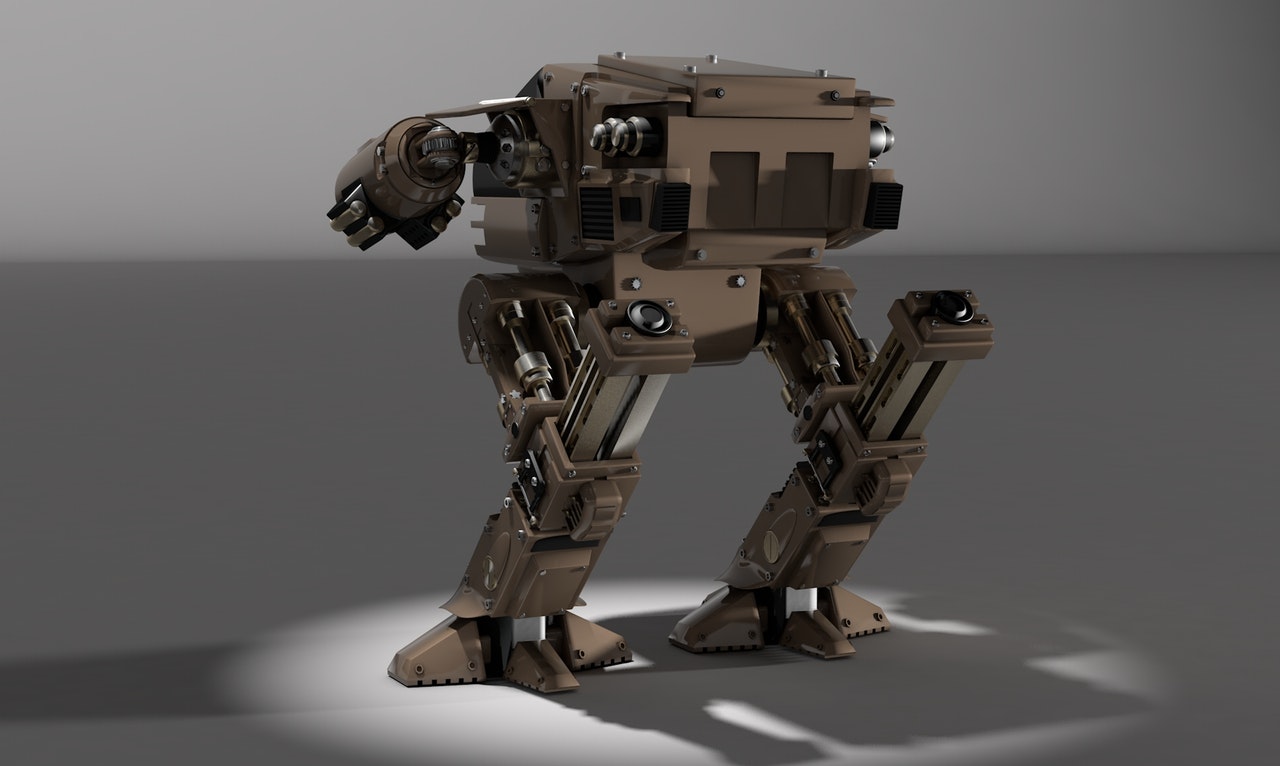This post is also available in:
 עברית (Hebrew)
עברית (Hebrew)
Big robots will be developed entirely from 3D-Printed Smart Active Particles or “smarticles,” unlocking the principles of a potentially new locomotion technique for swarming applications.
This is part of a US Army project that “could lead to robotic systems capable of changing their shapes, modalities and functions,” said Sam Stanton, program manager, complex dynamics and systems at the Army Research Office. A robotic swarm may someday be capable of moving to a river and then autonomously forming a structure to span the gap,” he said.
Swarming formations of robotic systems could be used to enhance situational awareness and mission-command capabilities for small Army units in difficult-to-maneuver environments like cities, forests, caves or other rugged terrain.
According to defenseworld.net, smarticles or tiny robots can do just one thing: flap their two arms. But when five of these smarticles are confined in a circle, they begin to form a robophysical system known as a “supersmarticle” that can move by itself. Adding a light or sound sensor allows the supersmarticle to move in response to the stimulus — and even be controlled well enough to navigate a maze.
The notion of making robots from smaller robots — and taking advantage of the group capabilities that arise by combining individuals — could provide mechanically based control over very small robots.
Ultimately, the emergent behavior of the group could provide a new locomotion and control approach for small robots that could potentially change shapes.
The researchers used a 3D printer to create battery-powered smarticles, which have motors, simple sensors and limited computing power. The devices can change their location only when they interact with other devices while enclosed by a ring.
The researchers noticed that if one small robot stopped moving, perhaps because its battery died, the group of smarticles would begin moving in the direction of that stalled robot. The researchers learned to control the movement by adding photo sensors to the robots that halt the arm flapping when a strong beam of light hits one of them.
Researchers at Georgia Institute of Technology and Northwestern University published their findings in the journal Science Robotics.


























